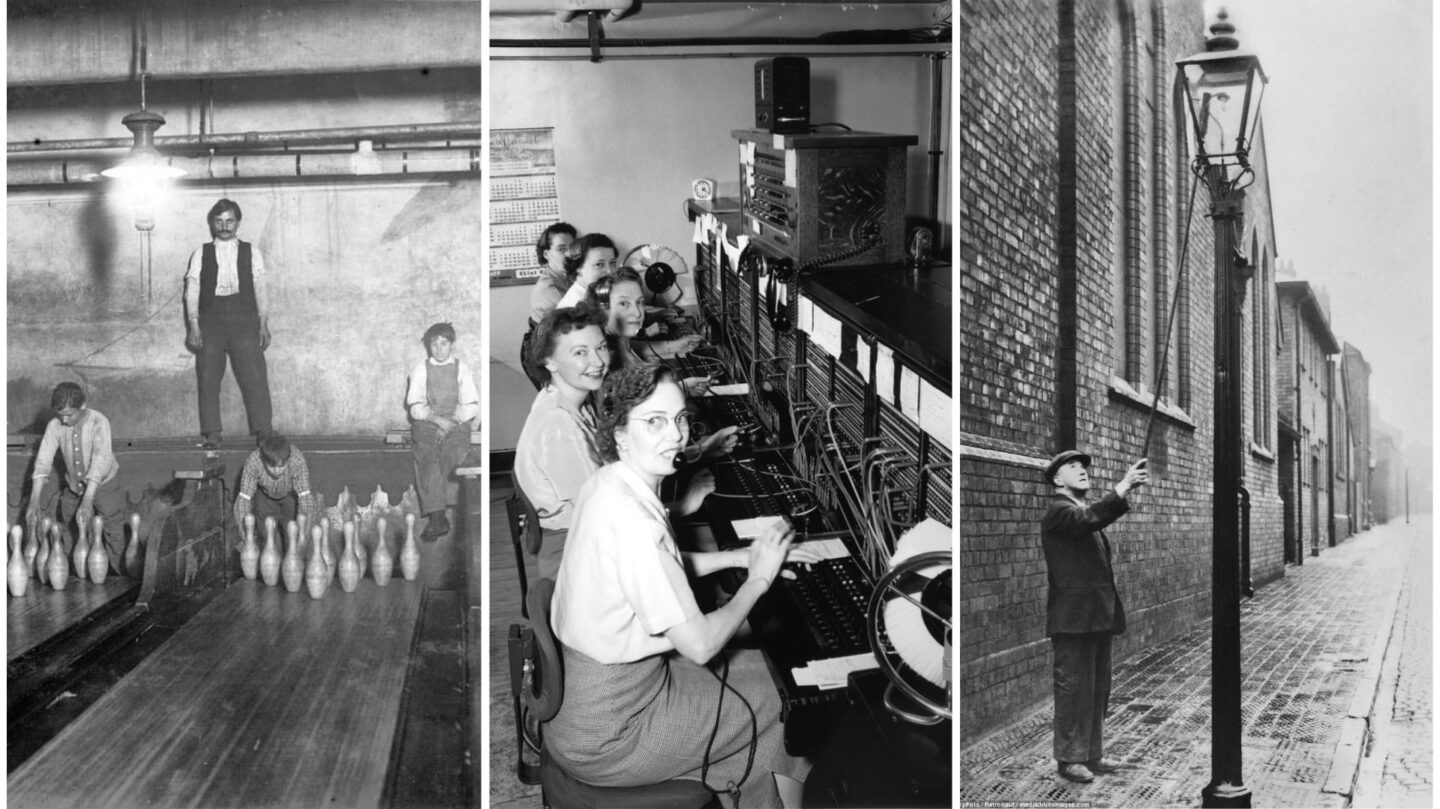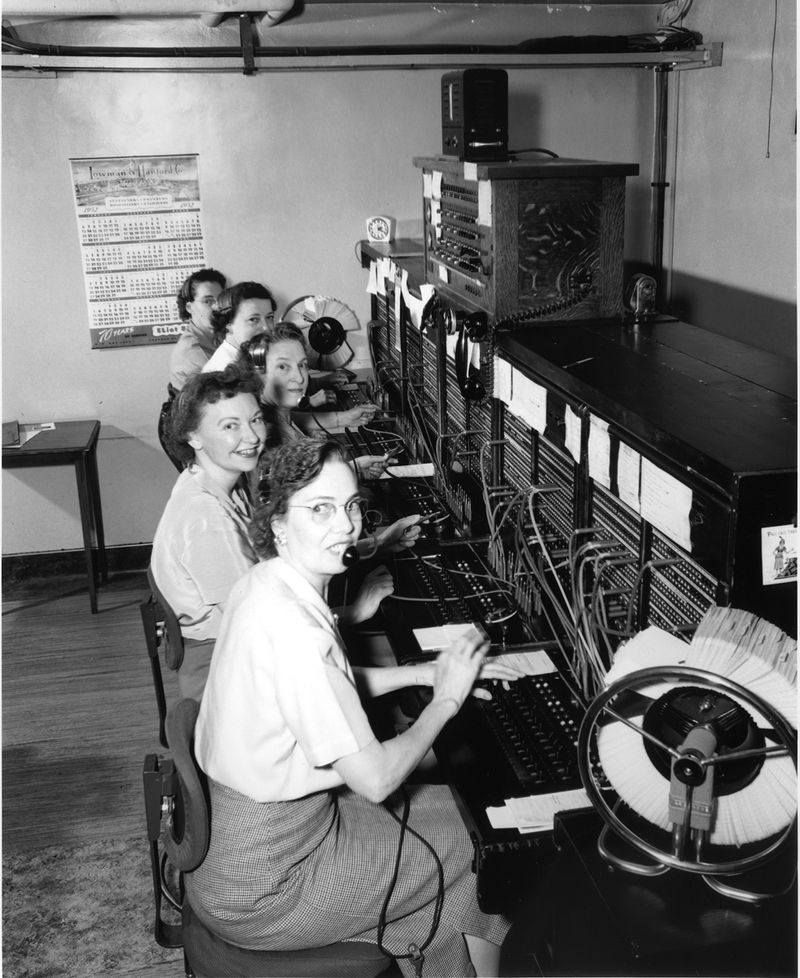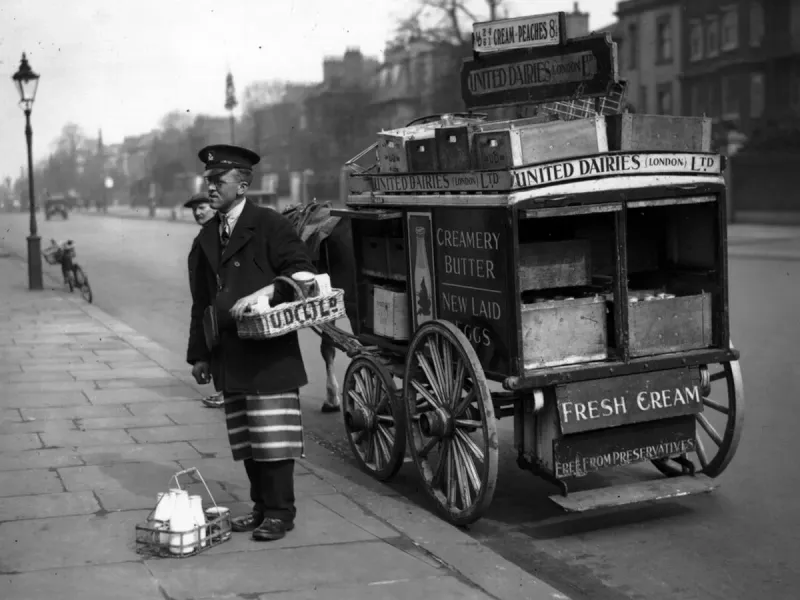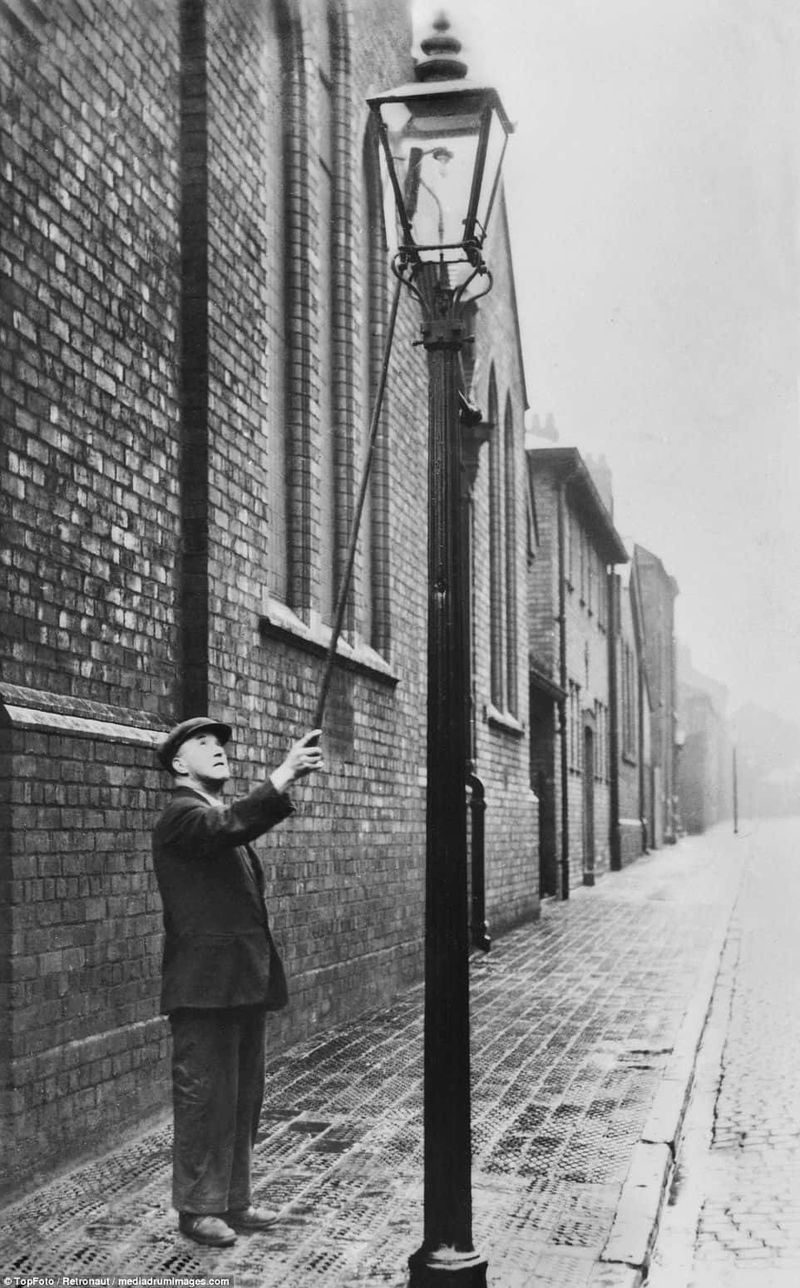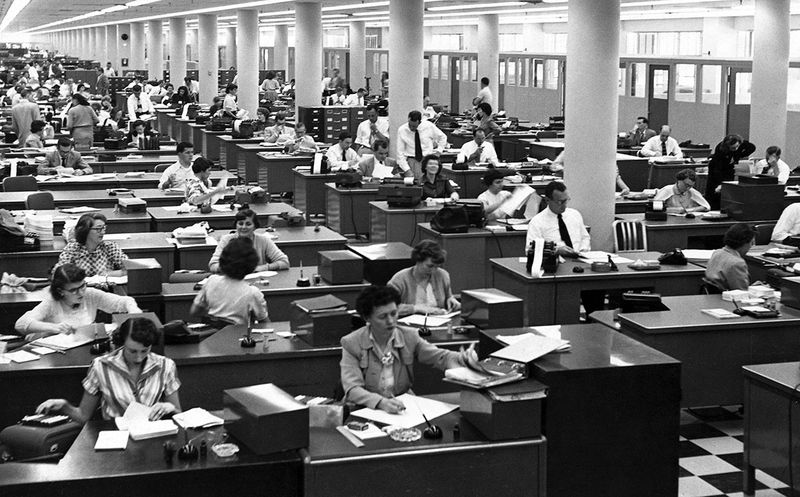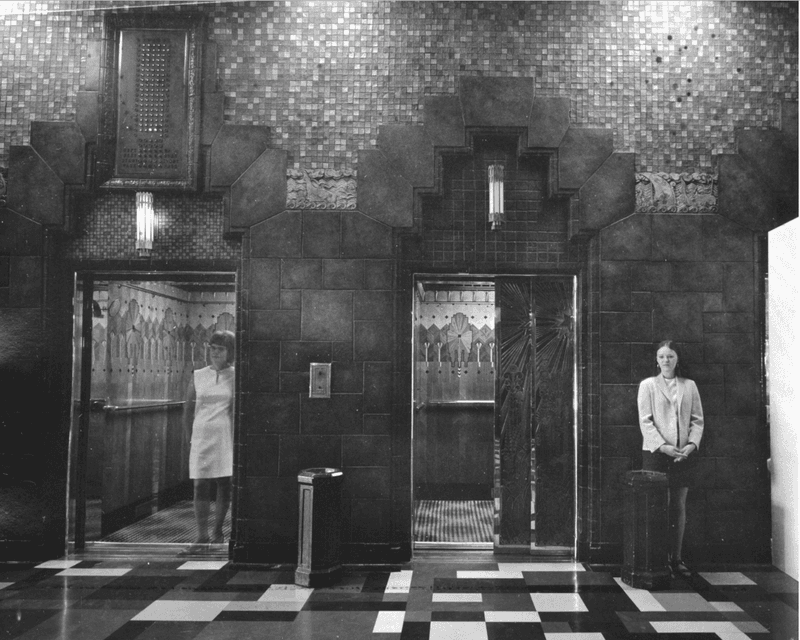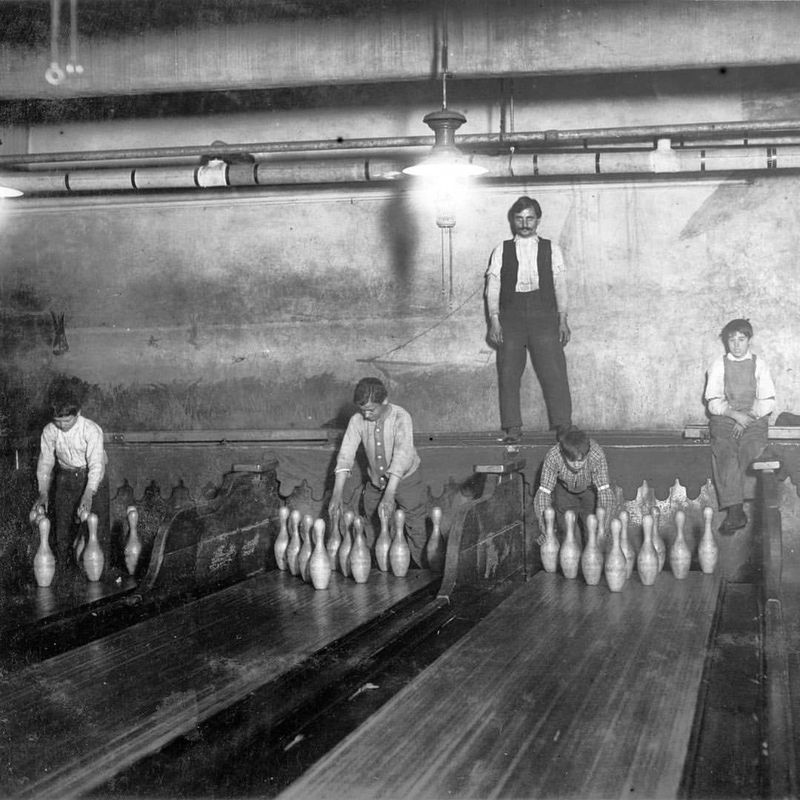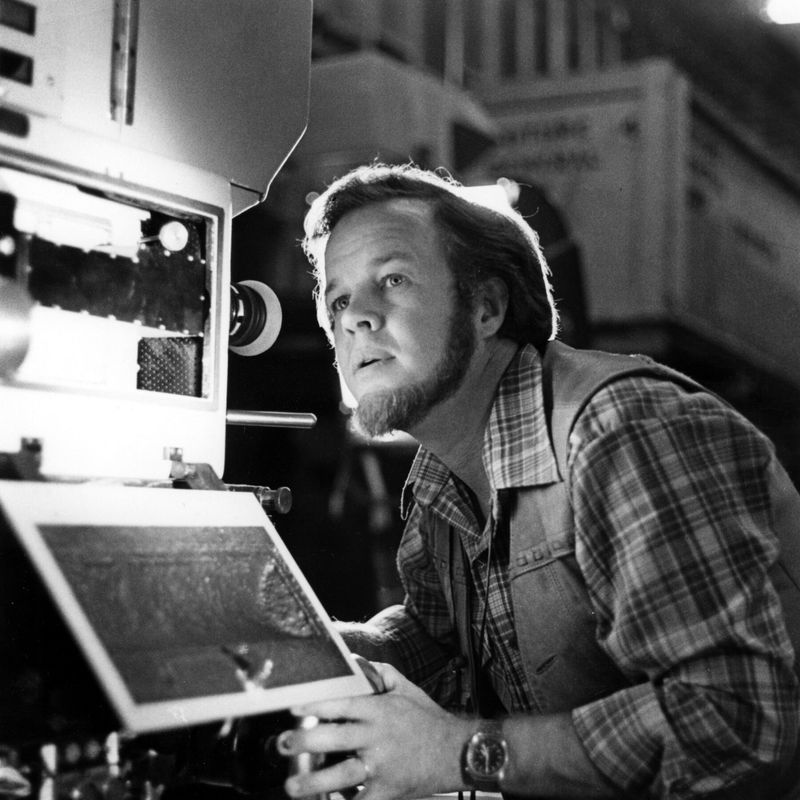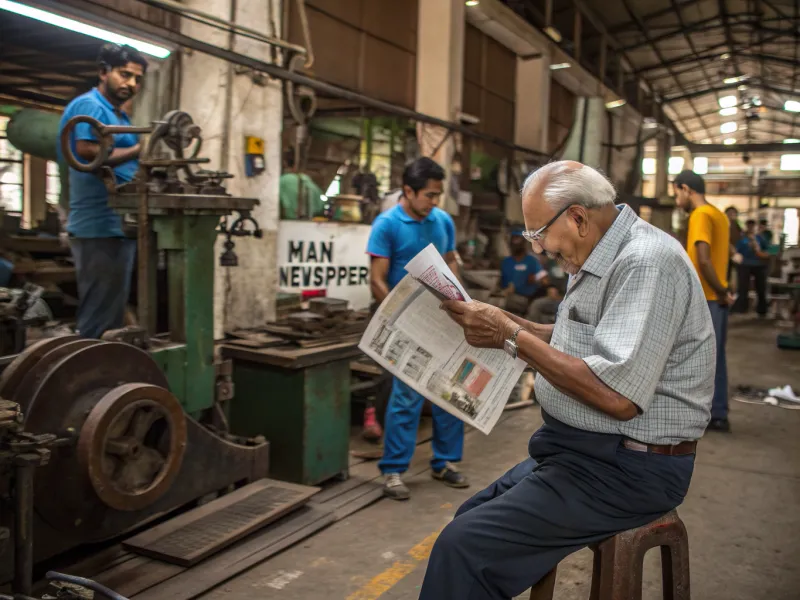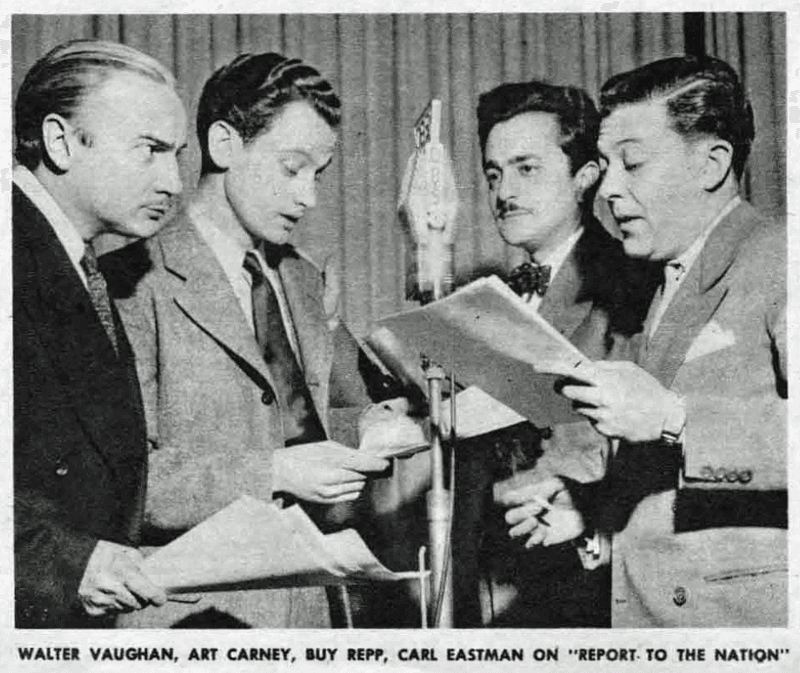The 1960s was a transformative decade, marked by significant social, political, and technological changes. This era witnessed the rise and fall of numerous occupations as society evolved. Many jobs that were once common during this period have since disappeared, rendered obsolete by advancements in technology or shifts in societal needs. In this blog post, we’ll explore 11 jobs from the 60s that no longer exist, offering a nostalgic glimpse into the past while highlighting the ever-changing nature of work.
Switchboard Operator
Switchboard operators were the human backbone of telephone communications. These individuals, often young women, connected calls manually by plugging in phone lines. As telecommunications technology advanced, automated systems replaced the need for manual operators.
In the 1960s, being a switchboard operator was a respectable and common job. Operators had to be quick, efficient, and possess excellent communication skills. They were the unsung heroes behind every connected call.
By the 1980s, the role had largely vanished, a casualty of technological progress and the rise of digital communication systems.
Milkman
The milkman was a familiar face in neighborhoods, delivering fresh milk directly to doorsteps. In the 1960s, this job was essential for families who relied on daily deliveries.
Milkmen would rise early, ensuring the milk remained fresh and cold. They were known for their punctuality and friendly interactions with customers. The clinking of glass bottles was a morning soundtrack.
However, with the advent of supermarkets and refrigeration technology, the need for home delivery diminished. By the late 20th century, the milkman had become a nostalgic memory.
Lamplighter
Lamplighters once roamed the streets, lighting gas lamps at dusk and extinguishing them at dawn. By the 1960s, this job was nearing extinction, with electric streetlights becoming the norm.
Originally, lamplighters were essential for providing light in urban areas. Their work ensured safety and visibility during nighttime.
As technology progressed, the transition to automated lighting systems rendered lamplighters obsolete. The role, once a nightly ritual, faded into history, leaving behind a romantic image of bygone eras.
Ice Delivery Man
Before the widespread use of refrigerators, ice delivery was crucial for preserving food. Ice delivery men transported large blocks of ice to homes and businesses.
These workers performed physically demanding tasks, often carrying heavy ice blocks up flights of stairs. Their service was indispensable in maintaining food safety.
As household refrigerators became common, the need for ice deliveries diminished. By the end of the 1960s, this once essential job had largely disappeared, replaced by modern refrigeration technology.
Typist Pool Worker
In the 1960s, typist pools were bustling with activity. These offices were filled with typists, predominantly women, who typed documents for businesses and executives.
Speed and accuracy were paramount, and being a typist was a respected profession. This was a time before personal computers and word processors.
However, as technology advanced, the need for large groups of typists dwindled. By the late 20th century, computers and digital word processing made the typist pool an anachronism.
Elevator Operator
Elevator operators provided a personal touch to transportation within buildings, guiding passengers to their desired floors. In the 1960s, these operators were a common sight in department stores and office buildings.
They offered assistance and ensured the smooth operation of elevators, often performing minor maintenance tasks. The role required attentiveness and a courteous demeanor.
With the advent of automated elevators, the demand for operators decreased. By the 1970s, the once ubiquitous elevator operator was largely phased out, leaving behind a legacy of personalized service.
Pinsetter
Before the advent of automatic pinsetting machines, pinsetters played a crucial role in bowling alleys. Typically teenagers, they manually reset pins after each game.
This job, while demanding, was a common part-time occupation for young people in the 1960s. It required agility and a quick response to frequent play.
As technology progressed, automated pinsetters took over, rendering the manual labor of setting pins unnecessary. By the late 1960s, pinsetters were mostly replaced, marking the end of an era in bowling history.
Film Projectionist
Film projectionists were vital to the cinema experience, ensuring movies ran smoothly in theaters. In the 1960s, these skilled technicians operated film projectors, managing reels and adjusting focus.
Their expertise allowed audiences to enjoy seamless viewings. Projectionists needed to be attentive, working behind the scenes to deliver cinematic magic.
With the shift to digital projection systems, the traditional role of film projectionists began to wane. By the early 21st century, the manual operation of film projectors was largely obsolete, replaced by more efficient digital methods.
Lector
Lectors were once a staple in factories, providing entertainment by reading aloud to workers. In the 1960s, they enriched the workplace atmosphere, offering news and stories.
Their readings not only entertained but also informed workers, fostering a sense of community. This role required strong reading skills and a charismatic presence.
As media consumption shifted and work environments changed, the necessity for lectors diminished. By the late 20th century, this unique job had largely faded, replaced by modern forms of entertainment and communication.
Radio Actor
Radio actors were the voices behind popular radio dramas, captivating audiences with their performances. In the 1960s, radio dramas were a beloved form of entertainment.
Actors created vivid stories using only their voices, supported by sound effects. This required strong vocal skills and the ability to convey emotion solely through sound.
With the rise of television and visual media, the demand for radio dramas declined. By the end of the 20th century, radio actors had largely transitioned to other forms of entertainment, leaving behind a legacy of classic audio storytelling.
